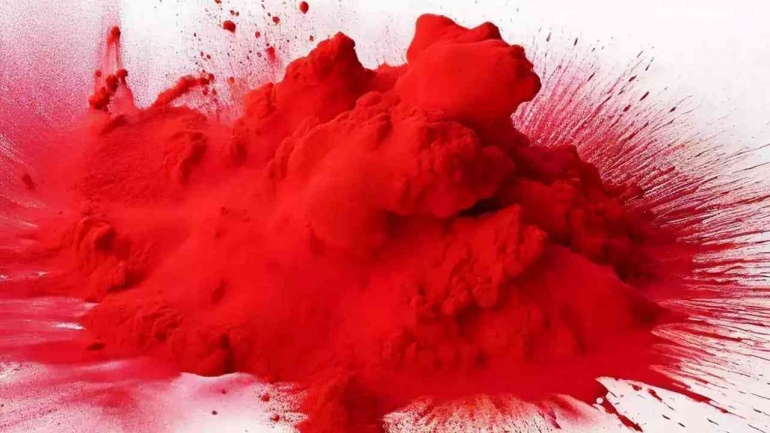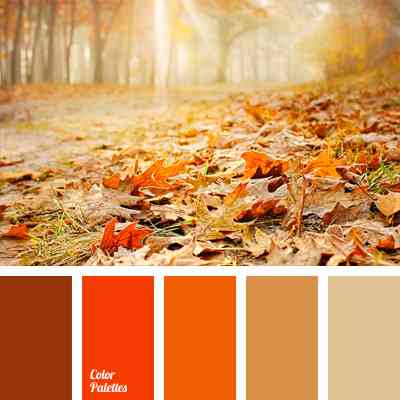We often think of colors as mere decorations. Bright hues that make our surroundings pop. But what if I told you that the colors around us can actually affect our mood, energy, and overall mental health? From the walls of our bedroom to the clothes we wear, color is a silent influence that can uplift or drain us. Let's dive into the fascinating connection between color and well-being, and how we can use it to our advantage.
1. Green (Nature's Calm Embrace)
 The Power of The Color Green (Source: thelogocompany.net)
The Power of The Color Green (Source: thelogocompany.net)

Imagine walking through a forest, feeling the soft breeze, the rustling leaves, the fresh air. The color green has the same calming effect on our minds. It's the color of balance, tranquility, and growth. Studies show that green can lower stress levels and reduce feelings of anxiety. It's the perfect color for creating a soothing environment, whether in your home, office, or even your garden. Green helps us find our calm, bringing peace to our often chaotic minds. Kller, R., et al. (2009).
2. Blue (The Sleep Savior)

If you've ever felt the weight of a restless night, you know how important sleep is for mental health. That's where blue comes in. Known for its calming properties, blue is the color that promotes relaxation. But more than that, blue can help improve the quality of your sleep. By calming the nervous system, it creates the ideal environment for a restful night. So, if you struggle with sleep, try incorporating blue tones into your bedroom. The result? A better, deeper rest. Mroczek, D. K., & Stawski, R. S. (2008).
3. Red (The Boost of Energy and Alertness)

Now, let's talk about red. The color of passion, strength, and energy. Unlike blue's calming nature, red stimulates the body, increasing heart rate and alertness. It's the color of action, making it ideal for moments when you need a burst of energy or focus. However, be mindful: too much red can lead to feelings of aggression or anxiety. Use it wisely, in small doses for a boost of energy when you need it most. Kller, R., et al. (2009).
4. Orange (The Social Spark)

There's something about orange that just feels... joyful. It's the color of enthusiasm, creativity, and connection. Orange encourages us to be more social, to open up, and to engage. It's the perfect color for a gathering space, like a living room or a creative workspace. If you want to feel more energized and involved, surround yourself with a bit of orange. But like red, moderation is key. Too much orange can sometimes feel overwhelming. Haga, S. B., & Naylor, C. (2010).
5. Yellow (The Mood Lifter)

What could be more cheerful than yellow? It's the color of sunshine, of optimism, and of warmth. Yellow has been shown to stimulate feelings of happiness, creativity, and motivation. It's an uplifting color that can boost your mood on even the dreariest of days. But, as with all colors, balance is important. Too much yellow can create restlessness or anxiety. A touch of yellow in your office or study area can keep your spirits high and your energy up. Kller, R., et al. (2009).
Color Your World for Better Mental Health
Colors are more than just aesthetic choices, they are powerful tools that shape how we feel and how we interact with the world. By understanding the emotional impact of color, we can use it to create spaces that support our mental well-being.












